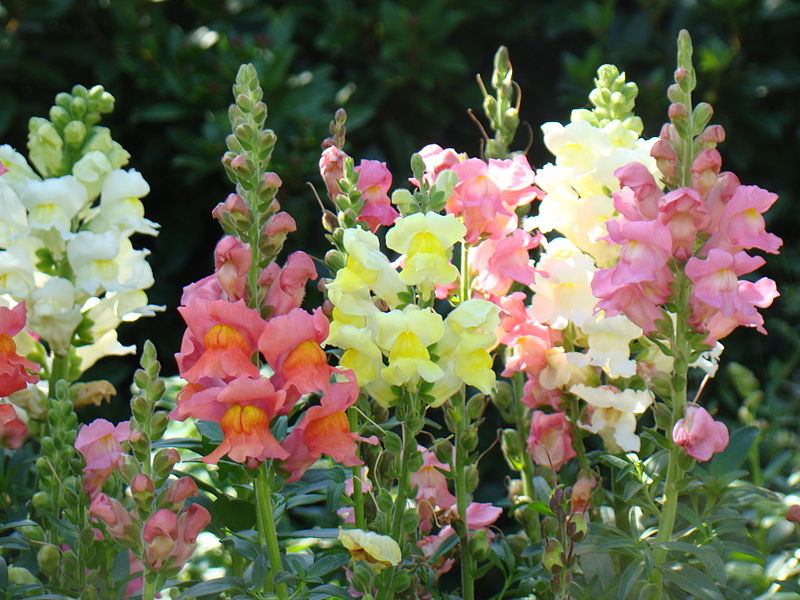Snapdragon flowers, also known as dragon flower, are small and fragrant flowers that make an amazing addition to any garden, especially when grown in containers! These super colorful and bright flowers come in many varieties from dwarf varieties to larger ones which can grow up to 3 feet in height. If you're looking to add some color to your garden, keep reading to learn how to grow snapdragon flowers as well as care for them.
How to Grow Snapdragon Flowers

USDA Zone:
Snapdragons are hardy from zones 6 through 10. Does not do well in hot, humid climates, but will bloom in cooler climates in the spring or fall.
Plant Type:
Perennial flower usually grown as an annual.
Light Needed:
Full sun to light shade.
Bloom:
Snapdragons will usually bloom in late spring. After summer and hot temperatures have gone, the flowers will bloom again in the fall. Be sure to deadhead any spent flowers so that they'll keep flowering.
Watering:
Water regularly, and keep the soil moist at all times, but never waterlogged. Snapdragons are susceptible to root rot, so be sure to use well draining soil.
Fertilizer:
Use an all purpose fertilizer once a month.
Pests and Diseases:
Your snapdragon flowers may encounter the following pests: Aphids, mites, caterpillars, leafminers, mealybugs, slugs and snails. Snapdragons are also susceptible to leaf spot, mildew, mold, rust, and other diseases.
Propagation:

Snapdragon flowers are best grown from seed. Start seeds indoors about two months before the last expected frost. Germination should take about 2-3 weeks. About two months after snapdragon flowers sprout, transplant the biggest seedlings into pots/containers outdoors. If any of the snapdragons already have buds, do not transplant them outdoors as they may not survive to change.
So now that you know how to grow snapdragon flowers, it's time to roll up your sleeves and get to planting!
Like this post? Share and Pin 🙂



















